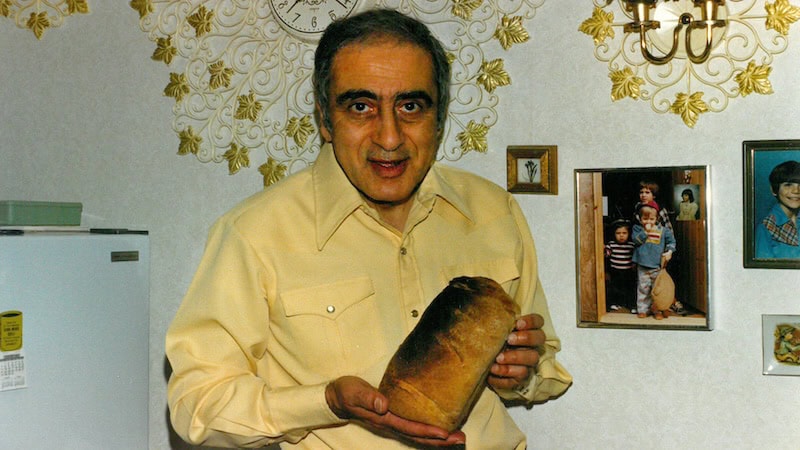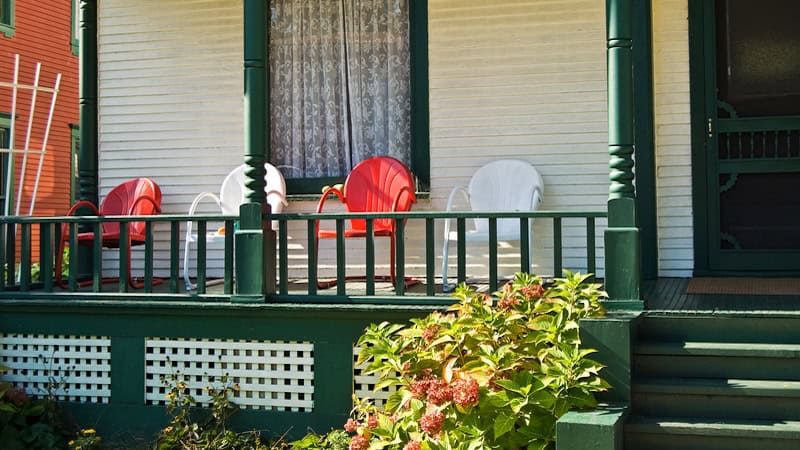Painting a Memory
‘Do photographs help us remember events, or do they make us forget?’

As they stroll the grounds of a botanical garden, Kathleen Sams and her family inhale the beauty of the season. As they recall earlier garden visits, Sams contemplates the idea of “painting a memory.”
A family stands on a bridge at the botanical garden holding a cell phone on a selfie stick. They smile so the camera can capture their image, frozen in time, in front of the cherry blossoms.
My daughter, my son, and I slip away from the crowd and follow a winding path. We pass mossy rocks and beds of snowdrops and hellebores, their heads bowed in modest beauty.
We emerge from under a canopy of trees. Tulips in shades of purple and pink stand tall around a sundial. Everywhere we look we see daffodils.
When my son was little, I told him that whenever daffodils started to bloom, he would know that his birthday was near.
Today we look for fish in the lake. A painted turtle basks in the sun and stretches its black webbed feet. We wander off the trail and navigate cypress knees, studding the muddy ground. We watch the throat of a bird whose name we don’t know vibrate in song as it calls for a mate.
When we last walked these paths, I picked up a nut from a hickory tree and rubbed its brown shell like a talisman. The leaves in the garden remind me of crayons I used as a child. One of the colors was called Spring Green, the hue of just-born leaves.
I used to think that the memories I captured in writing were like snapshots that preserved a moment in time. But do photographs help us remember events, or do they make us forget?
I puzzle over a passage that photographer Sally Mann wrote in her memoir, “Hold Still”: “[P]hotographs supplant and corrupt the past, all the while creating their own memories. As I held my childhood pictures in my hands, in the tenderness of my ‘remembering,’ I also knew that with each photograph I was forgetting.”
In the documentary “Rothko: Pictures Must Be Miraculous,” artist Makoto Fujimura says, “There’s a technical term called Nihonga, which is Japanese-style painting … done on paper, stretched over canvas … 80 to 100 layers of very thin mineral pigments, just to get it started. … It is slow art and slow work, but I think part of the layering is to capture that sense of time in the layers.”
As I contemplate the paintings of Mark Rothko, who, Fujimura says, “not only painted in layers, but he thought in layers,” I realize that my memories are not snapshots. They are paintings. Layers of remembrances built up over time.
“Do you remember the tree that used to be here?” my daughter asks as we walk through the children’s garden. We talk about a tree, no longer standing, that used to drop fruit that looked like tiny oranges to the ground. We gathered the miniature citrus for a make-believe picnic.
“Do you remember when the water froze?” my son asks as we pass a shallow stream. We laugh about the winter day we used sticks to break the thin layer of ice that coated the water’s surface. “Do you remember?” yields memories of a goose egg in a nest and a black snake that lay near a rock.
Before my children and I leave the garden, we pause under an umbrella of cherry blossoms. The pinks, purples, yellows, and whites that surround us will fade. The spring greens will mature to become deeper shades of summer. Autumn will bring hues of orange and red. Leaves will turn brown and fall to reveal the graceful beauty of trees that bare their slender arms for the winter.
We don’t take a photo to capture an image. We lay down rich layers of pigment to remember.
References for ‘Painting a Memory’
- Mann, Sally, Hold Still (New York: Little, Brown and Company, 2015), p. xiii.
- Slade, Eric (Screenwriter, Television Producer, Television Director). (2019–2020). Rothko: Pictures Must Be Miraculous [Television program]. American Masters; Oregon Art Beat. https://www.pbs.org/video/rothko-pictures-must-be-miraculous-zck9ru/. Timestamps: 30:41 and 31:30.
Read more childhood memories and other contributions from Boomer readers in our From the Reader department.
Have your own childhood memories or other stories you’d like to share with our baby boomer audience? View our writers’ guidelines and e-mail our editor at Annie@BoomerMagazine.com with the subject line “‘From Our Readers’ inquiry.”



